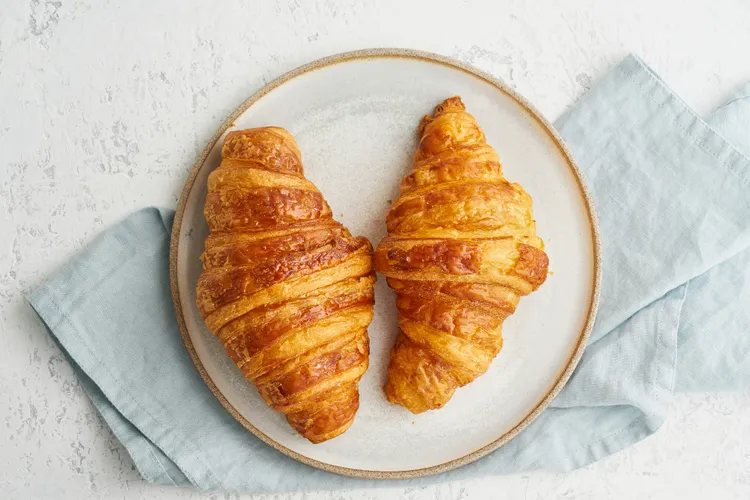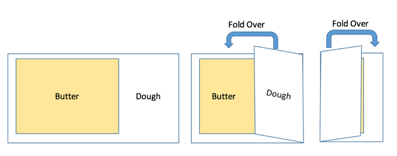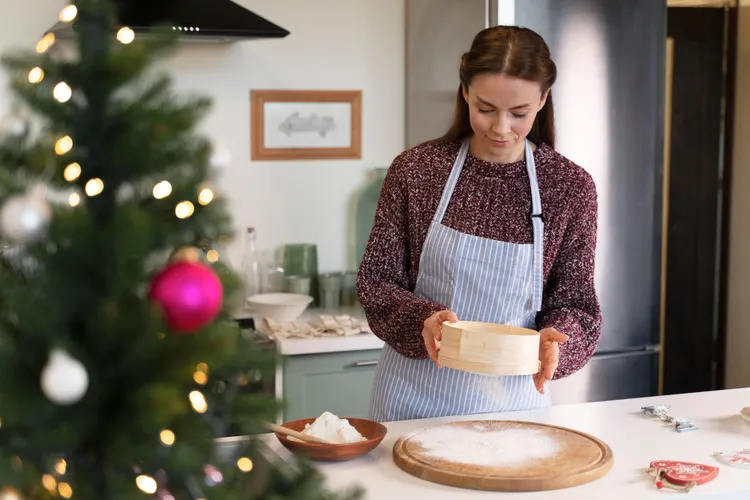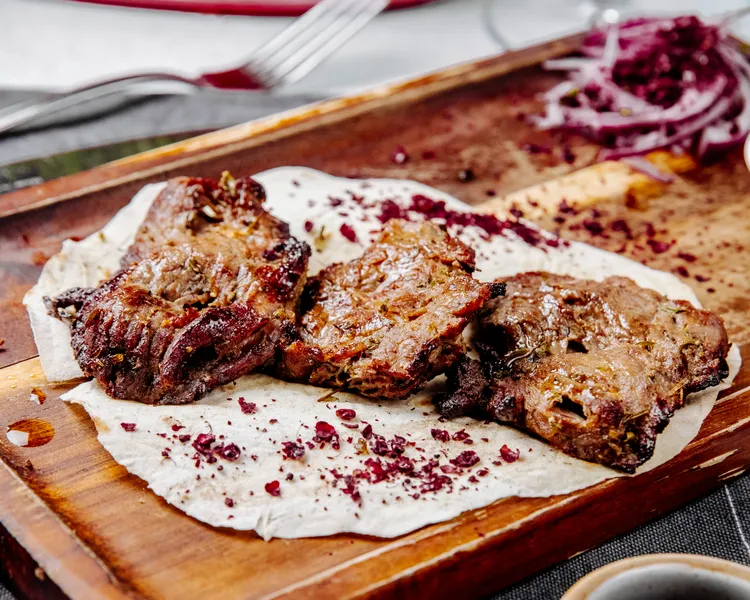French Pastries Made Simple: Beginner’s Guide to Croissants
Croissants may look intimidating - layers of golden, buttery pastry spiraled into flaky crescents - but with the right guidance, they’re absolutely achievable for beginners. Today, we’re breaking down the process into simple steps, explanations and stress-free tips.

Why Croissants Are Easier Than You Think
Most home bakers fear croissants because they imagine French pastry chefs using impossible techniques. But the secret is this:
Croissants require patience, not perfection.
If you can roll dough, chill dough, and fold dough, you can make croissants.
You’ll learn:
What ingredients truly matter
How lamination works (the “layering” technique)
The simplest workflow for beginners
Tips that eliminate the common frustrations
A full step-by-step recipe
Let’s get baking!
What Makes a Perfect Croissant?
Croissants rely on laminated dough - a yeasted dough that’s wrapped around butter and folded repeatedly to create thin layers. When baked at high heat, the butter melts, steam forms, and the layers puff into flaky magic.
4 qualities define a great croissant:
Buttery flavor
Crispy, flaky exterior
Soft, honeycomb interior
Deep golden color
All achievable at home - yes, even the honeycomb!
Essential Ingredients (Beginner-Friendly)
All-purpose flour or bread flour
Unsalted butter (cold, European-style if possible)
Milk (whole milk preferred)
Active dry yeast
Sugar
Salt
Egg (for egg wash)
Ingredient Tips
Use quality butter. This affects flavor and flakiness.
Keep ingredients cold. Warm dough = melted butter = no layers.
Weigh ingredients for better results.
Step-by-Step Beginner Croissant Recipe
Step 1 - Make the Dough
Mix:
Warm milk
Yeast
Sugar
Flour
Salt
Small amount of butter
Knead until smooth. Chill for 30 minutes.
Beginner Tip - Chilling makes the dough easier to handle later.
Step 2 - Prepare the Butter Block
Shape cold butter into a flat square (between parchment works great).
Keep it cold - If the butter is too soft, it will ooze out during folding.
Step 3 - Lamination (The Magic Step)
Roll dough into a rectangle.
Place butter in the center.
Fold the dough over like a letter.
Roll out and fold again (usually 3 folds total).
Chill between each fold.
Why Lamination Works
Butter layers = trapped steam = flaky layers.
Step 4 - Shape the Croissants
Roll dough into a large sheet.
Cut into long triangles.
Stretch gently.
Roll tightly from base to tip.
Optional: Fill with chocolate, almond paste, or jam.
Step 5 - Proofing
Croissants should:
Look puffy
Jiggle slightly when the tray is bumped
Have visible layering
This takes ~1-2 hours depending on your kitchen temperature.
Step 6 - Bake
Brush with egg wash.
Bake at high heat until deep golden brown.
Your kitchen will smell like a French bakery. You've been warned.
Troubleshooting for Beginners
Croissants spreading?
Butter melted - keep dough cold and chill between steps.
No flakes?
You pressed too hard or folds were uneven. Next time: be gentle.
Dense inside?
Underproofed. Give them more time to puff.
Butter leaking out while baking?
Very normal for beginners - still edible and delicious!
Yes, You Can Make Croissants
Making croissants at home is:
✔ Easier than it looks
✔ Fun and rewarding
✔ A great weekend project
✔ The closest thing to visiting France without leaving your kitchen
The secret is chill, fold, chill, fold, shape, bake.
With practice (and patience), you’ll soon produce croissants that rival your local bakery. And when friends ask, “Did you really make these?”… you’ll get to smile proudly and say, “Yes!”












